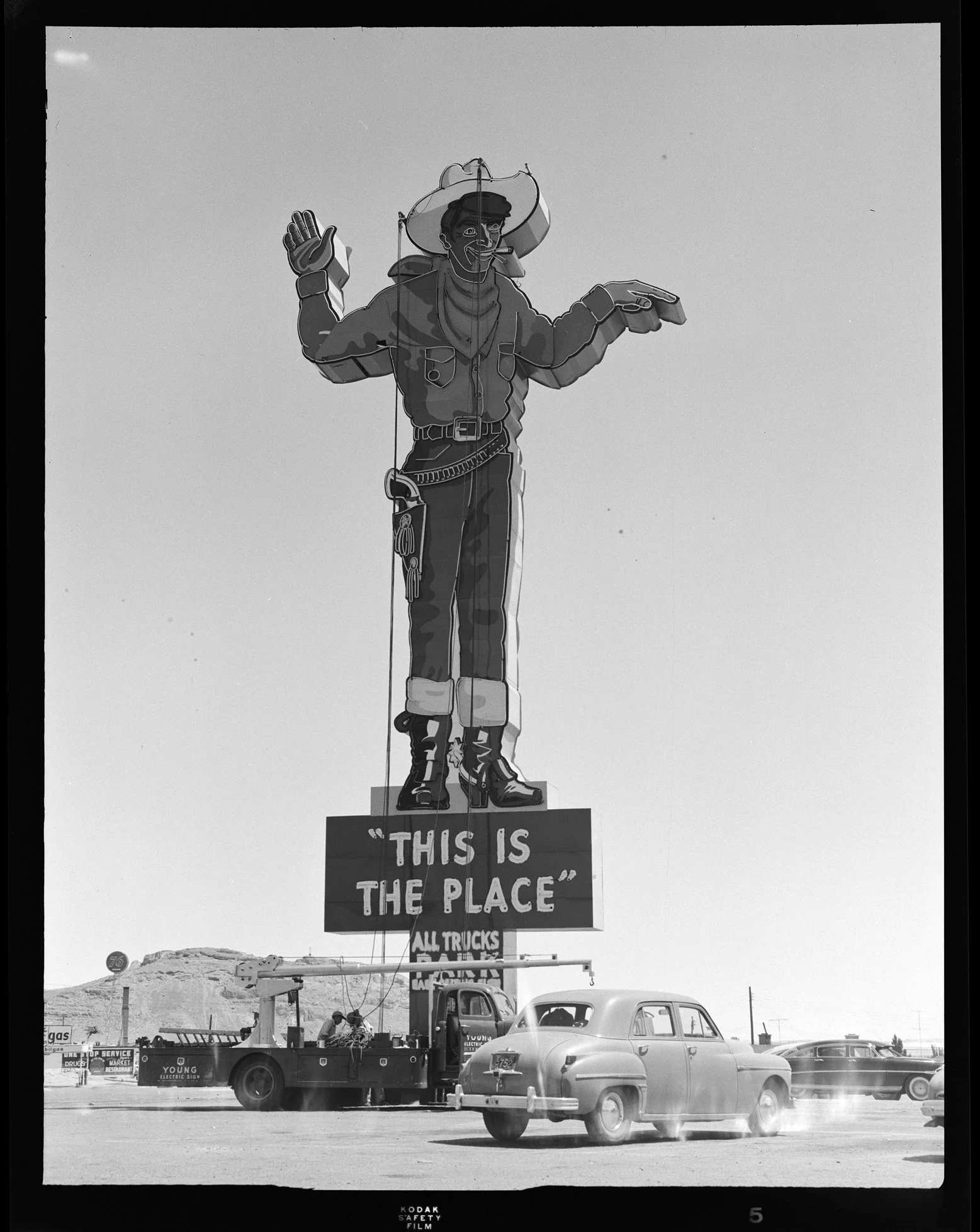Dorothea Lange: The Power of Symbols
Dorothea Lange made a significant contribution to documentary photography in 20th-century America and was a key figure in portraying the effects and consequences of the Great Depression on Americans.
Born in New Jersey in 1895, she faced polio and separation during her childhood. By the age of 12, she was already managing on her own while her mother was busy with work. Dorothea wandered through New York City, already bustling but very different from what we might imagine today.
Her mother became a juvenile court investigator, exposing her daughter to stories of poverty and ethnic and racial differences hidden within American society. Growing up, Lange studied photography at Columbia University and became an assistant to Arnold Genthe, a portrait photographer known for his series on Chinese immigrants in San Francisco.
After moving to San Francisco by chance following a robbery before a world trip, Lange found an investor for a photography studio and began primarily portraying the city's elite.
She married the renowned artist Maynard Dixon, with whom she built a family and a good life until the outbreak of the war. The economic crisis forced the family to move out of the city for a period.
Upon their return, they found a changed San Francisco, reflecting the nationwide situation due to the Great Depression. In 1933, one-fifth of American workers were laid off and found themselves on the streets. From the windows of her studio, Dorothea observed men wandering aimlessly until one day, on impulse, she took her camera and set out. Driven also by the scarcity of clients, the photographer found purpose in capturing protests and strikes by bus drivers, farmers, and oil industry workers.
Lange's journey took a turn when she met Paul Taylor, an ethnographer, economist, and professor at the University of California, Berkeley. After seeing her photos exhibited in a small Oakland gallery in 1934, Taylor hired Lange to work with him on a state aid agency project. The professor introduced Lange's work to federal agency heads, who immediately accepted her and commissioned her to document the harsh realities of rural life inhabited by farmers, migrants, and refugees.
Dorothea photographed the people of the Deep South, both white and black, witnessing racial tensions and community reactions. Here, Lange discovered a reality very different from her California and sought to expose power relations often unknown to the public. Her insistence on revealing the racist roots of poverty also drew criticism from her government employers, who were more interested in the "white poverty." In her photographs, Lange did not hesitate to use staged scenes when they served to produce the desired effect. Initially, these shots were intended to be very objective, depicting the terrible living conditions, contaminated water they were forced to drink, and exhaustion.
However, Dorothea realized that objectivity alone could not truly convey the emotions of the people; something was missing to sensitively capture not only the facts but also the experiences of those living them.
Through greater contrast between light and shadow, subject positioning, and more attention to hands and facial expressions, the photographer reached a new dramatic phase: she began to prefer simpler compositions, approached her subjects, positioned them when necessary, and had them look directly into the lens, not to meet her gaze but ours. Her photos became a symbol of the American condition.
Lange sought to evoke empathy in viewers and focused on three fundamental aspects of the human condition: love, dignity, and compassion. Bringing dignity to the portraits of the lower classes to a wider audience was a novelty for the society of the time.
Among the photos of her career that best capture the feelings and sensations of the Great Depression era, one stands out in particular: "Migrant Mother". The creation of this shot also explains why Dorothea is a master at capturing life's experiences: photography is not simply about taking a picture but involves decisions that include camera adjustments, framing, distance from the subject, and ultimately the subject itself. All these elements, placed before the camera before the shot, contribute to creating the image. Although Lange was hired as a documentary photographer, her success lay in understanding the importance of certain decisions and the weight of her images in a period when few possessed this sensitivity and perception. Dorothea Lange understood that seeing children hiding behind a mother out of shame or seeking protection she cannot provide is a much more powerful and evocative symbol than seeing children playing in the dirt.
The entry into World War II ended the American Great Depression. During this period, Lange worked on two different photographic projects for the government: on one hand, men and women of all races working together in shipyards; on the other, the segregation policies targeting Japanese Americans.
The evacuations and segregations of this latter group began after Japan attacked Pearl Harbor. During the Great Depression, the government wanted to help refugees, but this time it was not interested. In contrast to her employers, Dorothea focused on the tragedy of the event, and many of the photos were censored for decades.
After the war, Lange's gaze investigated other aspects of society: economic growth and its consequences for some of the most unfortunate communities, changes in traditions in some Mormon communities in Utah, the judicial system, and racial inequalities.
Between 1958 and 1962, the photographer traveled again with Paul Taylor, visiting 12 countries across Europe, Asia, South America, and Africa to document unfamiliar communities and cultures, despite her deteriorating health.
Despite health issues due to cancer, in 1965, Lange helped curate an exhibition at the Museum of Modern Art in New York but did not live to see it completed. The exhibition opened to the public three months after her death, becoming the museum's first biographical exhibition of a female photographer.
In May 2023, a print of her "Migrant Mother" was estimated to be worth over $600,000.














































































